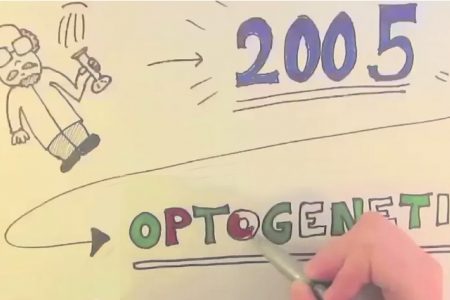Do the peanut butter sniff test
By using the peanut butter test it is possible to determine whether someone is suffering from Alzheimer’s disease. This is the outcome of a study published in the Journal of the Neurological Sciences.
Graduate student Jennifer Stamps (2013) at the McKnight Brain Institute Center for Smell and Taste came up with the idea of using peanut butter to test for smell sensitivity while working with Kenneth Heilman, a professor of neurology at the University of Florida.
The ability to smell is associated with the first cranial nerve. This is often one of the first things that are affected by cognitive degeneration, and patients with Alzheimer’s disease often have more degeneration in the left hemisphere than in the right. Therefore, a pure odorant like peanut butter, which can only be detected by smell, makes a good method for testing smell sensitivity.
The test is conducted by using a container, enclosing 14 grams, roughly a tablespoon, of peanut butter. A ruler is held next to one of the patient’s nostrils, while the other nostril and eyes are closed. While the patient breathes normally the open container is moved up the ruler one centimeter at a time, when the patient exhales.
During the experiment, the distance at which the patient could smell the peanut butter was measured. The same was repeated for the other nostril after a 90-second interval. The clinicians conducting the tests were not aware of the patients’ diagnosis.
For patients in the early stages of Alzheimer’s disease there was a big difference in the ability to detect odor between the left and right nostril. The left nostril was impaired and did not register the odor until the container was, on average, 10 centimeters closer than it needed to be for the right nostril.
This was not the case in patients with cognitive impairments other than Alzheimer’s disease. Instead, either the right nostril was impaired or there was no difference in odor detection between the two nostrils.
This information is of great value for further testing so that more accurate and time saving methods may be found to determine whether someone is suffering from Alzheimer’s disease, and hopefully someday even to detect other cognitive impairments.
If only all tests were this easy!




